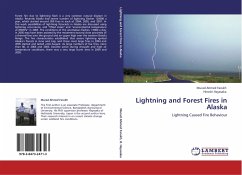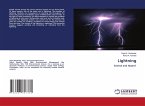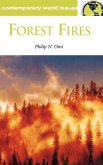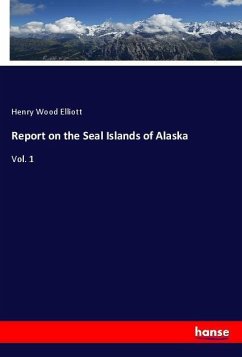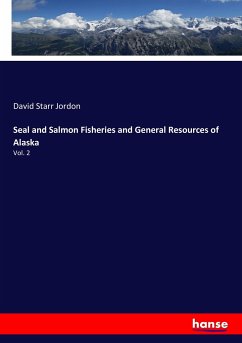Forest fire due to lightning flash is a very common natural disaster in Alaska. Recently Alaska had severe number of lightning flashes 120000 a year, which started around 300 fires in each of 2004, 2005, and 2007. In this work possibilities of lightning forecasts in Alaska are discussed using lightning occurrence, and lifted index and environmental temperature at 850hPa in 2005. The conditions of the anomalous flashes, 13000 a day, in 2005 may have been assisted by the movement toward close proximity of a thermal low over the ground and an upper high over the western Brooks Range. The fire characteristics established that severe lightning ignited Alaska s forests in June and July, and those most large fires in 2004 and 2005 started and lasted until August. As large numbers of live fires, more than 80, in 2004 and 2005, became active during drought and high air temperature conditions, there was a very large burnt area in 2004 and 2005.
Hinweis: Dieser Artikel kann nur an eine deutsche Lieferadresse ausgeliefert werden.
Hinweis: Dieser Artikel kann nur an eine deutsche Lieferadresse ausgeliefert werden.

